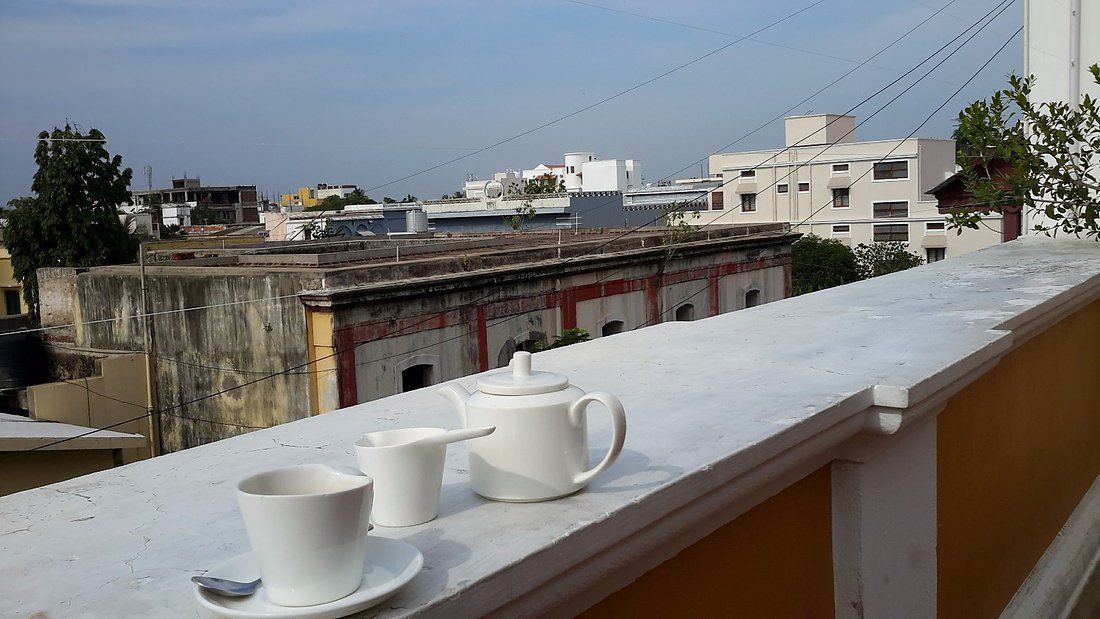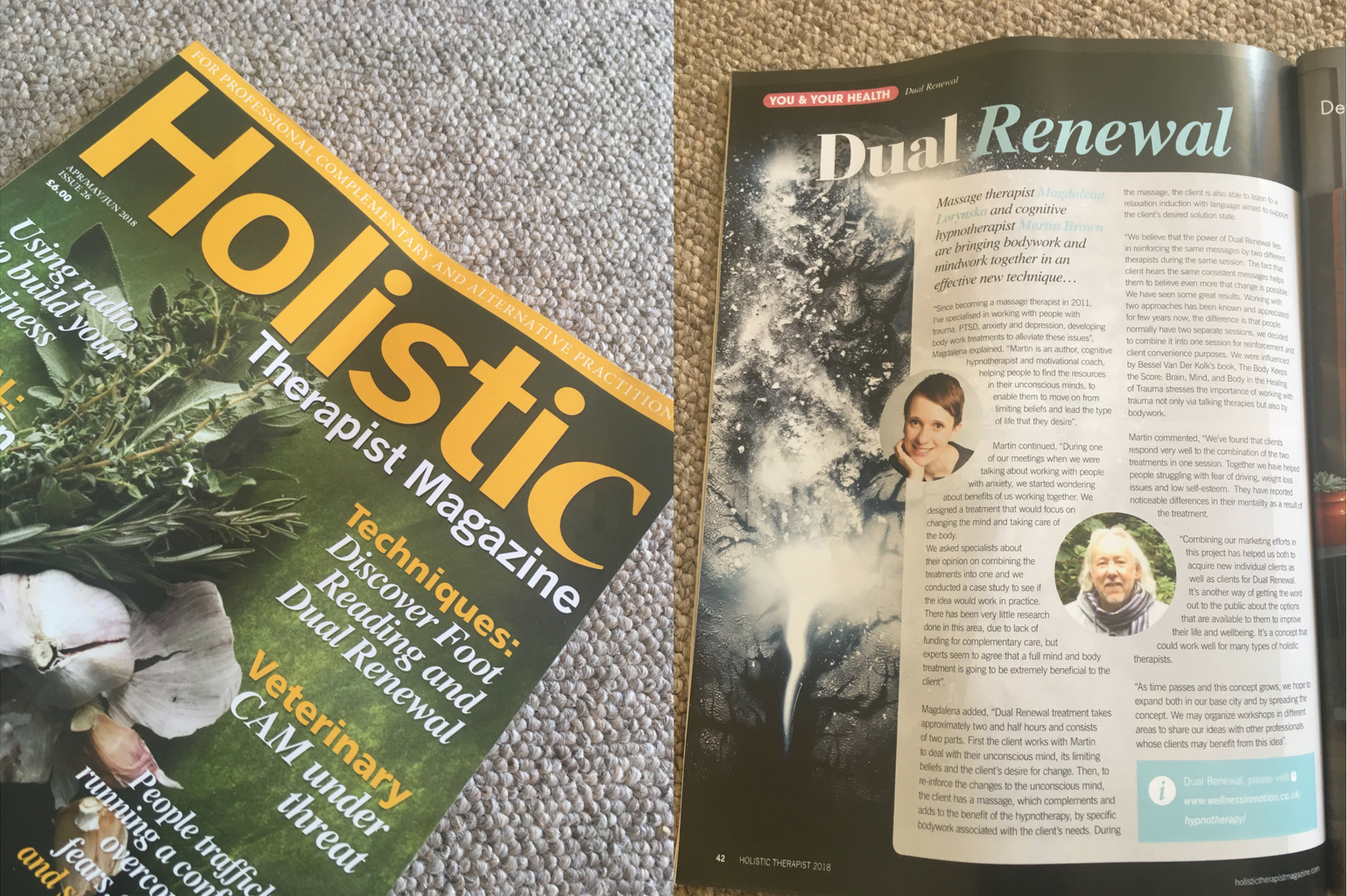Tamil Nadu, India Part 1- Pondicherry to Tanjore - by Helena Lewis
- by Cheranne Hack
- •
- 10 Nov, 2017
A guest blog by Helena Lewis

A direct flight to Chennai (Madras) is a joy though the 3 am arrival & 2 hours standing at immigration – an unfortunate coincidence that I arrived at the e-visa desks at the same time as a group of 40 Japanese tourists – is less so. After a quick rest and wash at the Taj Fisherman’s Cove about an hour south from the city it was off to Pondicherry on the South East coast for a couple of days.
Pondicherry has a fascinating French history from colonialism to the “soldars” ((dalits – the untouchable caste) who left Pondicherry to settle in France after partition, the majority joining the French Foreign Legion), temples, catholic churches with bling beyond anything Latin America has to offer, the Sri Auribindo Ashram and Auroville. I spent my time with the wonderful Bishuwajit Banik (Bishu) – a knowledgeable, interesting, quirky and, above all, funny guide who took me around on the back of his Royal Enfield motorbike.
While Pondicherry was first settled in 1674 by the French East India Company it was regularly annexed by both the Dutch and the British but was returned to France in 1814. When the British gained control of the whole of India in the late 1850s they allowed the French to retain their settlements in the country and even after partition in 1947 the French remained in power in Pondicherry until 1954 and full ratification didn’t happen until 1962.
There is a very obvious European touch to the city’s architecture with some beautiful and elegant examples of Franco-Tamil buildings in the French Quarter but in the Northern Tamil part of town the usual hubbub of stalls, workshops and markets still reigns. Sadly many of the old buildings are in a shocking state of disrepair but still retain much beauty.
The Catholic influence is strong throughout the town and the fabulous Basilica of the Sacred Heart (which was built for low caste Christian worshippers as caste apartheid even in churches existed) is decorated with some wonderfully gaudy murals and icons and even has its own Our Lady of Lourdes miracle corner outside complete with plastic goats and flashing lights. Utterly fantastic.
Not to be outdone on the technicolour interiors the Arulmigu Manakula Vinayagar Devasthanam Temple, dedicated to Ganesh, is a riot of colours and deities and also has Lakshmi – the blessing elephant. I’m always very dubious about animals being used like this but Lakshmi has been at the Temple for 18 years since she was 3 and seemed quite calm and at ease despite the enormous crowds wanting to give her money and guavas in return for a blessing (Laksmi is the goddess of wealth so I need say no more).

One thing Pondicherry is renowned for is the Sri Aurobindo Ashram which owns most of the buildings in the French Quarter. Sri Aurobindo was born in Calcutta in the late 19th Century. He was sent to school in Britain aged 7 and returned to India 13 years later where he became a leading figure in the Nationalist Party. Convicted for writing articles against British Rule he had several spiritual and mystical experiences whilst in jail. On his release he moved to Pondicherry leaving behind his politics and developing a philosophical and spiritual practice that followed no particular religion known as Integral / Karma Yoga.
In 1914 Mirra Alfassa (The Mother), a French woman of Egyptian and Turkish Jewish heritage, travelled to Pondicherry to become Sri Aurobindo's disciple and eventually his spiritual collaborator. Together they formed a vision of Auroville - a community where people from all over the world could live together in harmony. Its focal point is the Matrimandir - Place of Worship of The (sacred) Mother.
The foundations for this spherical meditation chamber were laid in 1971 and it was completed in 2008. Last time I was in Pondicherry it was specifically to stay at the ashram to finish my diploma as an Integral Yoga teacher and the Matrimandir was a building site. Now it is a space of utter magnificence - really incredible. Auroville and the Ashram continue to grow.
I stayed at the delightful Palais de Mahe, a converted, characterful heritage building located a couple of blocks from the Promenade. Fantastic service, great staff and an incredibly good restaurant too!
From Pondicherry it’s a 3 hour drive to Chennai (Madras) – once the administrative centre for the British in Southern India and now one of the largest economic cities on the subcontinent, mainly due to its car industry. St George’s Fort, originally the barracks of the East India Company, is now a fascinating museum and the Government Museum houses a substantial collection of religious bronzes dating from the 7th Century to modern day - and while the fluidity and elegance of these bronzes were appreciated some muttering regarding the age old objectification of the female form may well have been heard too.....
Sadly my time in Chennai was very limited and I would have happily spent a couple of days there staying at the supremely comfortable Taj Coromandel and perhaps strolling along Marina beach, which at 13km the locals say is the longest beach in Asia and the 2nd longest in the world though I might dispute that. Not a place for a swim though as swimwear is prohibited – full dress only.
Tamil Nadu is now so well connected with flights that journey times to the interior of the State have been reduced considerably and it was a short 1 hour flight to Trichy. From here it’s an easy 1 hour drive to Tanjore (officially Thanjavur but as far as I could tell no-one calls it this). The city is an important centre of South Indian religion, art, and architecture and most of the Chola Temples, which are UNESCO World Heritage Monuments, are located in and around the area, the foremost among these being the Brihadeeswara Temple.
The foundations for this stunning temple complex, situated in the heart of the city, were laid in 1002 by the Tamil Emperor Arulmozhivarman of the mighty Raja Raja Chola dynasty and building was completed in 1009. It is one of the largest temple complexes in India and the main temple tower (dedicated to Shiva) is one of the tallest in the world.
The Raja Raja Chola Empire spread across South India and Sri Lanka to colonies in Vietnam and Cambodia and this complex is said to have influenced the temples of Angkor Wat. It is still very much a living temple with ceremonies happening throughout the day and a steady stream of pilgrims. I was there for elevenses aarti and the complex was relatively quiet so there was plenty of space and time for a full exploration and even a spot of temple offering sales.
From the temple I headed to the backstreets of Tanjore to visit a brass idol making family. The skill and knowledge of this craft is handed down the male side through generations and the delicacy and detail of the finished products is wonderful, though the Risk Assessment aspect of the workshop may have been slightly overlooked with molten hot metal handled by grandpa with only a dhoti for protection. Probably similar to handling nuclear waste with a pair of oven mitts. but the family insisted no-one ever gets burnt.
After a quick refreshment stop where I thoroughly enjoyed a toxic coloured 'top super grade something special 100 synthetic' drink I popped into a veena maker's workshop where the owner kindly invited me in to try out my skills. Having played a sitar in the past (admittedly only a handful of times) I felt I would be a natural and to be honest I thought I created a near celestial sound with an exquisite timbre and incredible beauty - his assistant clearly thought otherwise.
I thought no video or audio of my magnificent maiden performance existed but I was wrong and I am delighted to share what I consider to be the highpoint of my musicality with you.
Later that evening I headed back to the Temple for the Abhishekam of Nandi (the reinvocation of the holiness of Shiva's bull). This lunar festival is held once a year so for it to be happening on the night I was in Tanjore was serendipitous to say the least.
The temple completely changed by night with hundreds of worshippers there sharing food and performing puja. A beautiful and authentic experience with hardly any other tourists to be seen.
In a mere 5 night timeframe I’d seen and experienced all of the above and my senses were whirling from the rush of colour, people, smells, tastes, scenery and history and I was only a third of the way into my trip! And this is why I love India and travelling in general – so much to witness and indulge in that takes me out of my usual zone and feeds my brain, imagination and perceptions.
Next stop Chettinad......
To read more about Helena's travels see her blog here.











